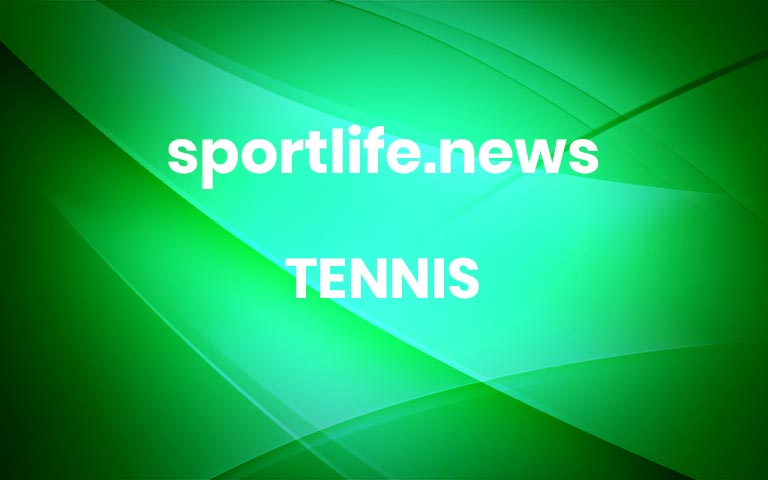Novak Djokovic Collides With Australia’s Covid Fight
Barring the tennis star from entering the country offers a chance to change the subject as an election looms and coronavirus cases are at record highs.MELBOURNE, Australia — When Australia’s prime minister explained on Thursday why his government had barred Novak Djokovic, the men’s tennis superstar, from entering the country, he described it as “simply a matter of following the rules” requiring coronavirus vaccinations for incoming travelers.“People are put on planes and turned back all the time,” the prime minister, Scott Morrison, said.But Mr. Djokovic, who had a visa to travel to Australia and a vaccination exemption to compete in the Australian Open, collided not just with the country’s tough border restrictions after arriving at a Melbourne airport. He also found himself at the center of a highly charged moment in Australia’s fight against the coronavirus.With an election on the horizon, a sharp shift in pandemic strategy — from “Covid-zero” to “living with the virus” — has put Mr. Morrison’s government under intense pressure. Cases have surged to once unimaginable heights, pushing the country’s testing system to the limit and raising anxiety among a population that has already endured long lockdowns.After nearly two years of suppressing the virus, the Australian authorities began to change tack late last year as vaccination rates reached ambitious thresholds. Harsh restrictions that once kept people from traveling between states or to other countries, or from even leaving their homes, have been replaced by adages about “personal responsibility.”Novak Djokovic at the U.S. Open last year. Dismissive toward the pandemic, he has emerged as professional tennis’s most prominent vaccine skeptic.Ben Solomon for The New York TimesThe government was stepping back, however, just as the Omicron variant began to circulate. The country passed 10,000 new daily cases for the first time on Dec. 27, and the daily caseload has since surged to over 60,000.Deaths and hospitalizations have so far remained relatively stable. But the country’s testing system, devised to trace and suppress small outbreaks, has been overwhelmed by the explosion of cases, with reports of residents lining up for upward of six hours to get PCR tests and waiting nearly a week for results.Shortages of rapid antigen tests have left pharmacy and supermarket shelves bare, and there are concerns about hospital capacity amid reports that some coronavirus-positive nurses have been called back to work because of staffing gaps.All of that has left little sympathy in Australia for Mr. Djokovic, who has been dismissive toward the pandemic and emerged as professional tennis’s most prominent vaccine skeptic.That is particularly true in Melbourne, where the Australian Open is held, and where residents have endured a total of 256 days of lockdown, in part to spare the rest of Australia from outbreaks. Unvaccinated Melburnians are still barred from some activities, and those wishing to watch the Australian Open must be vaccinated.Melbourne last month. Australia passed 10,000 new daily Covid cases for the first time on Dec. 27, and the daily caseload has since surged to over 60,000.Diego Fedele/Getty Images“Against this background of community anxiety and in the context of a public fatigued by extended coronavirus lockdowns and scrambling to access vaccine booster shots,” said Paul Strangio, a politics professor at Monash University in Melbourne, it was inevitable that news of Mr. Djokovic’s vaccination exemption “was going to provoke howls of outrage.”For Mr. Morrison, a conservative who is looking to extend his tenure as prime minister after winning an election upset in 2019, the Djokovic case offers a chance to change the subject. After days of harsh criticism over his government’s failure to secure adequate supplies of at-home tests and its reluctance to provide them at no charge, he is now championing the country’s strong defense of its borders to safeguard the population.Mr. Morrison has appeared to embrace the decision to turn Mr. Djokovic away at the border as his coalition is trailing in public polls, with the main opposition party lashing him over the shortfalls in rapid antigen tests.“I think the government, under pressure, was looking to make a decision that was broadly popular and which would consume the attention of those watching federal politics,” said Mark Kenny, an expert in politics at the Australian National University.“Up until this decision, the overwhelming political issue was rapid antigen tests, and suddenly all the attention swings to this dramatic decision,” Professor Kenny added.Prime Minister Scott Morrison said the decision to bar Mr. Djokovic from entering the country was “simply a matter of following the rules.”Lukas Coch/EPA, via ShutterstockThere is also a less flattering light in which to view the baffling turn of events that led Mr. Djokovic to be questioned for hours by border officials before being sent to hotel quarantine pending a legal appeal scheduled for early next week.The Coronavirus Pandemic: Key Things to KnowCard 1 of 6The global surge. More


